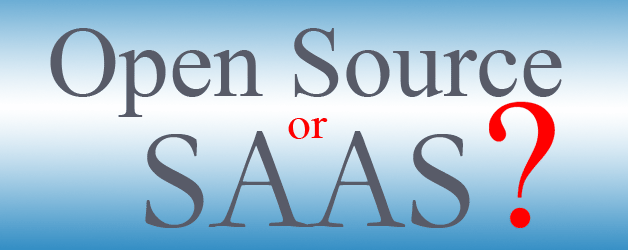Considering an open source/DIY approach for geospatial data management? It’s worth exploring why Software as a Service (SaaS) based on open standards might be a better choice for your organization.
The appeal of open source software—its cost-effectiveness and community-driven development—is well-known and has significantly shaped the technology landscape over the years. However, the long-term perspective reveals that open source might not always be the most cost-effective solution. Innovations such as open standards, cloud computing, and business models like SaaS and Platform as a Service (PaaS) are redefining the effectiveness of traditional and open source licensing models.
Here’s a critical consideration: if software development isn’t your primary business or you’re not willing to maintain a specialized geospatial IT department, relying solely on open source could be limiting. Open source software often evolves based on the developer community’s interests rather than market-driven needs, which can result in software that’s less user-friendly and challenging to integrate without substantial external support.
Open Source vs. Open Standards
The initial cost savings and avoidance of vendor lock-in are significant reasons businesses consider open source. However, open standards offer a compelling alternative, enabling interoperability and flexibility without the downsides of open source. By adopting software that adheres to standards like those set by the Open Geospatial Consortium (OGC), businesses can easily switch components without being tied to a single vendor’s proprietary ecosystem.
“Free” vs. Standard Licensing vs. SaaS
The allure of ‘free’ open source software is strong, but the hidden costs of maintenance and support can accumulate, often making traditional licensing appear financially unattractive despite its high upfront costs. SaaS provides a middle ground, offering lower entry costs than traditional models and the added benefits of cloud computing such as reduced IT overhead, scalability, and rapid deployment.
The Advantage of Managed Services
The ongoing support and maintenance costs are critical factors in software management. Open source software, which often lacks direct technical support, can be particularly challenging to maintain. Managed services, an extension of SaaS, offload these burdens by providing professional, ongoing management at a fraction of the cost of in-house operations. This approach not only reduces costs but also allows organizations to focus on core business activities rather than IT management.
The Big Picture
While open source software has its merits, its advantages are not as clear-cut as they once were, especially with the rise of open standards and cloud computing. Modern cloud-based, enterprise-quality solutions that adhere to open standards and are delivered through subscription models represent the next generation of software architecture. These solutions minimize upfront costs, include support and maintenance, and ensure high availability and regular updates—all while avoiding vendor lock-in.
This forward-looking approach allows companies to focus on core business goals without the overhead and challenges associated with managing geospatial software infrastructure.



